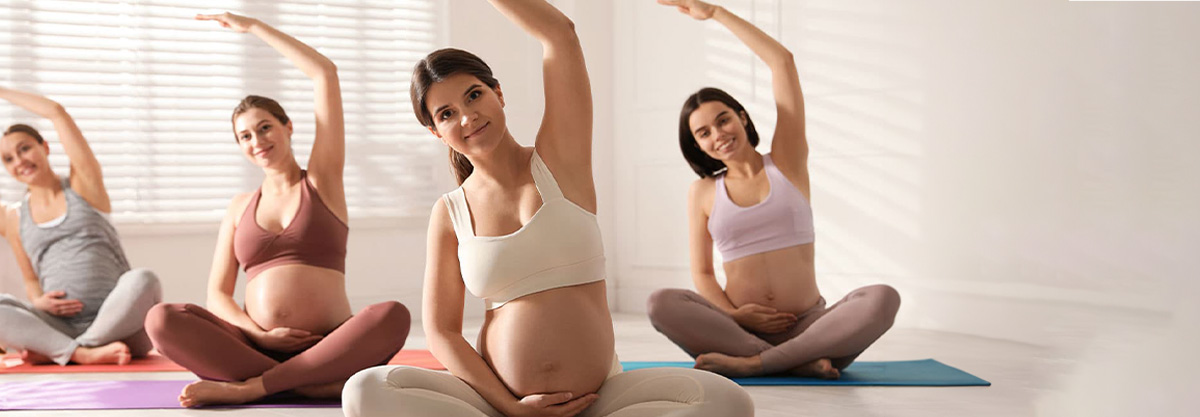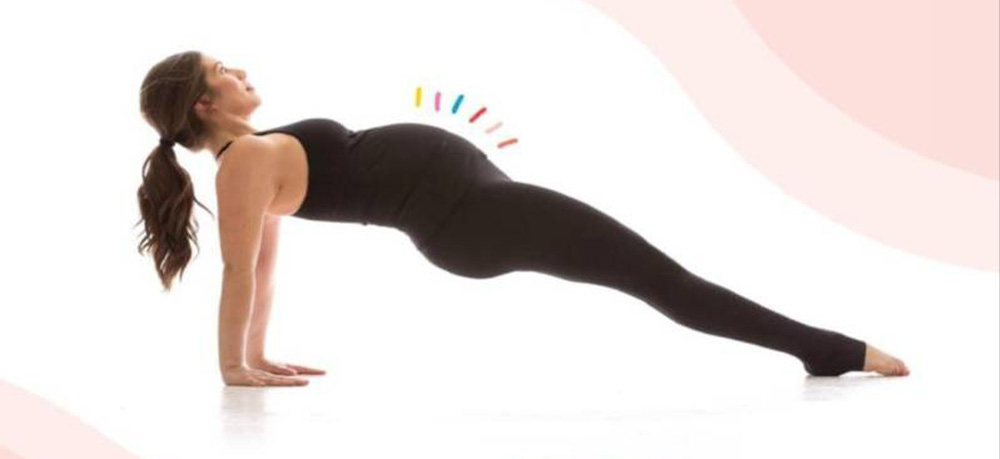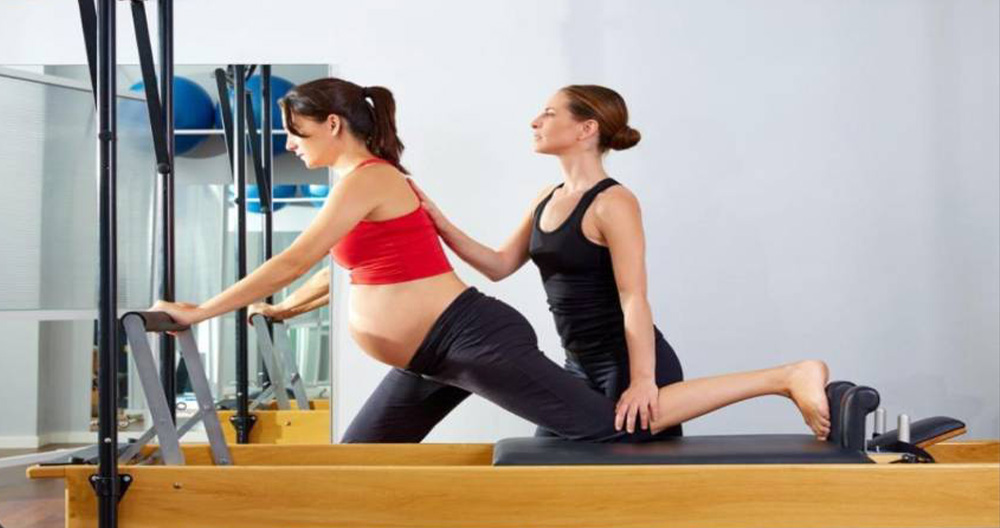
23 Jul, 2025 Pilates in Pregnancy Part 1
Pregnancy is a transformative journey that brings about numerous physical, emotional, and hormonal changes in a woman’s body. As the body adapts to nurture new life, maintaining physical activity becomes essential—not just for fitness, but for comfort, mental well-being, and preparation for childbirth. Among various options, prenatal Pilates stands out as one of the most effective and safe workouts for pregnant women.
What is Pilates?
Pilates is a low-impact exercise system that focuses on core strength, flexibility, posture, breathing, and controlled movement. Developed by Joseph Pilates in the early 20th century, it emphasizes mind-body connection, making it a safe and effective form of exercise for pregnant women across all three trimesters
Benefits of Pilates During Pregnancy

1. Improved Core Strength and Stability
As the baby grows, a woman’s center of gravity shifts, placing more pressure on the lower back and pelvic floor. Prenatal Pilates strengthens the deep abdominal muscles and pelvic floor, helping to support the spine, reduce back pain, and promote better posture. Developing core strength in pregnancy is essential for long-term spine and pelvic health.
2. Reduced Pregnancy Discomfort
Stretching during pregnancy, paired with strengthening movements, helps reduce common discomforts like backache, sciatica, pelvic pain, and leg cramps. The gentle stretching and controlled exercises increase blood flow, reduce muscle tension, and enhance mobility, leading to a more comfortable pregnancy.
3. Better Postural Alignment

Postural changes during pregnancy can lead to strain and misalignment. Pilates emphasizes alignment and control, helping pregnant women maintain a neutral spine and avoid overcompensation in other muscles. These pregnancy exercises work to correct imbalances while building body awareness.
4. Enhanced Breathing and Relaxation
Controlled breathing is a cornerstone of Pilates. This focus on breathing not only improves oxygen supply to both mother and baby but also helps manage stress and anxiety, which is especially helpful during labor and delivery. These breathing techniques complement other exercises for pregnant women like prenatal yoga.
5. Preparation for Labor
Pilates strengthens the pelvic floor muscles, which are crucial during childbirth. A strong and flexible pelvic floor can lead to a smoother delivery and faster postpartum recovery. These pregnancy exercises prepare your body for the demands of labor.
6. Improved Balance and Coordination

As pregnancy progresses, balance can be compromised. Pilates helps improve body awareness, coordination, and stability, reducing the risk of falls and improving confidence in movement.
7. Lower the Risk of Gestational Diabetes:
Regular low-impact pregnancy exercises like Pilates improve insulin sensitivity, allowing the body to use glucose more efficiently. This reduces the buildup of blood sugar levels and supports a healthier pregnancy.
